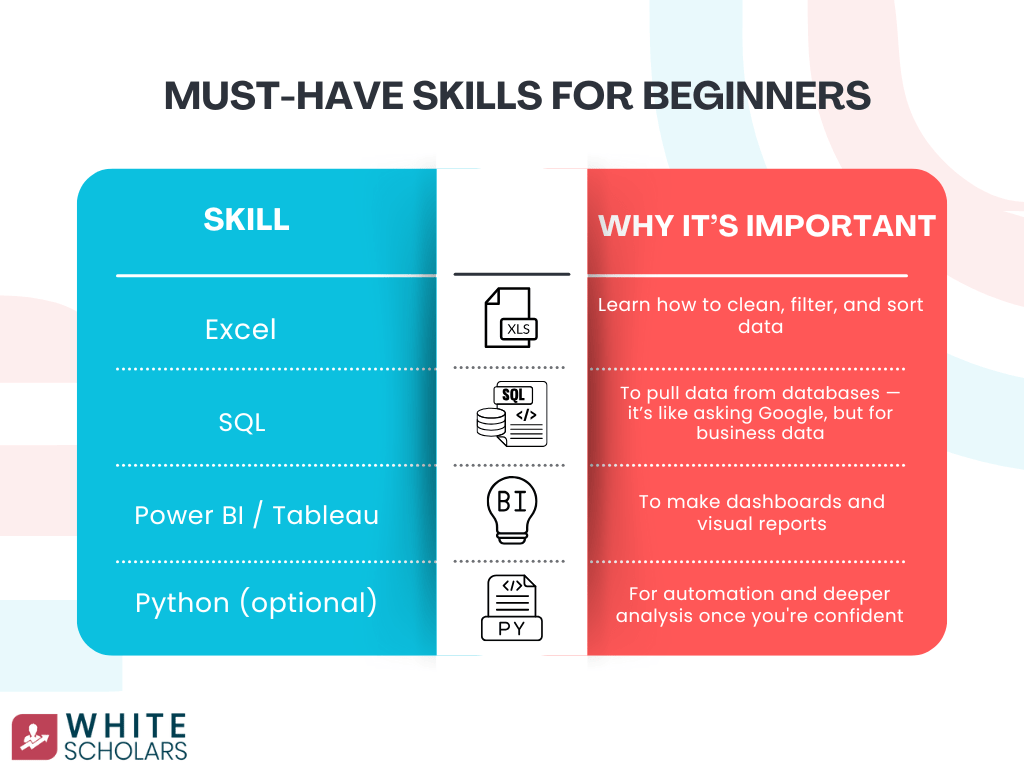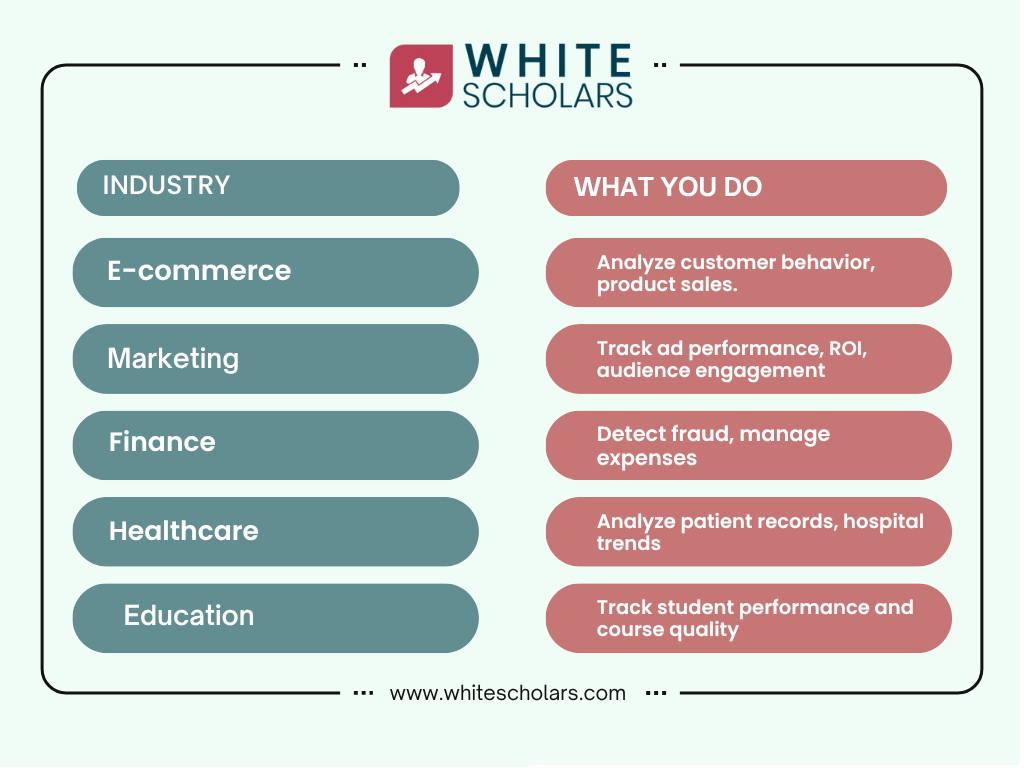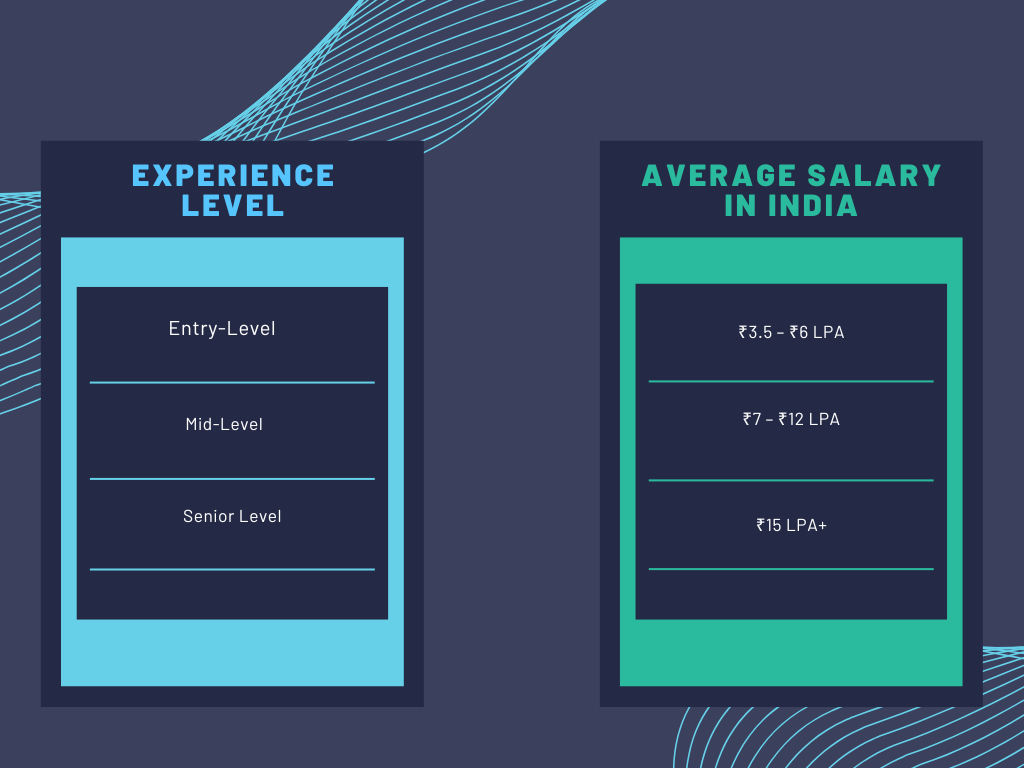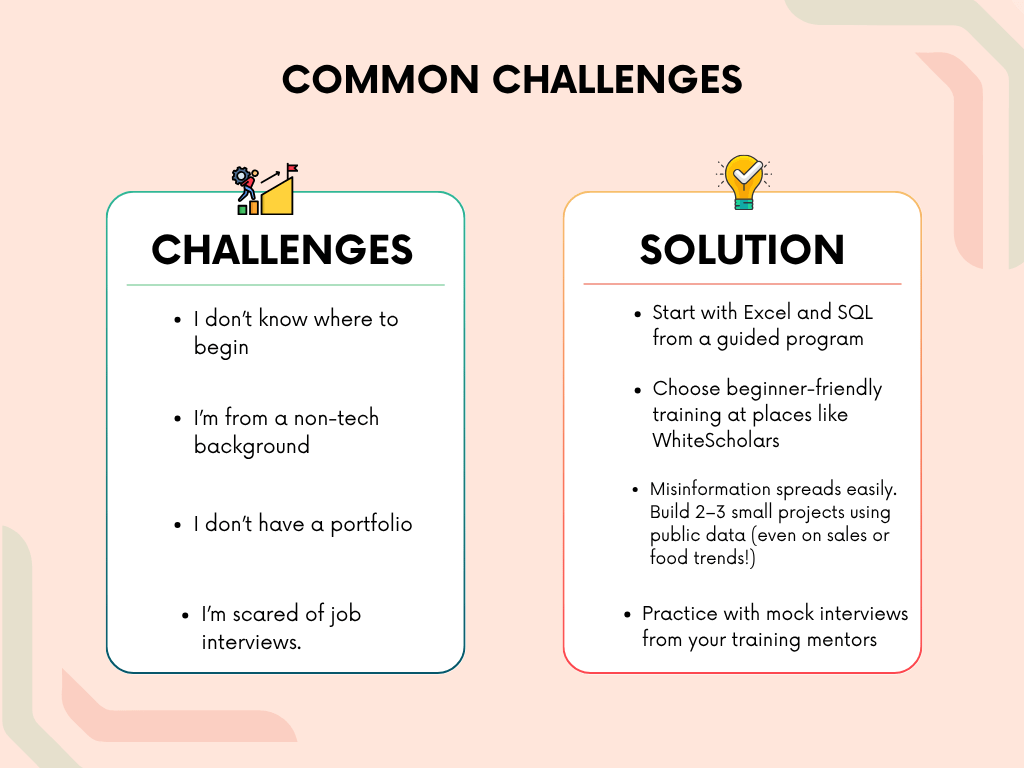How to Become a Data Analyst: Step-by-Step Career Guide

Table of Contents
Want to become a data analyst? This simple step-by-step guide breaks down the skills, tools, courses, and career tips you need to get started, even with no experience.
What Exactly Is a Data Analyst?
Let’s not overcomplicate it.
A data analyst is someone who looks at raw numbers—things like sales, customer feedback, and website visits—and turns them into clear answers. Answers that help businesses decide what to do next.
Think of a data analyst like a translator. But instead of translating languages, they translate data into decisions.
Still, sounds too techy? Here’s a simple example:
Imagine a restaurant chain is losing customers.
A data analyst might dig into order history, customer reviews, and even delivery times. Then they say:
“Hey, your weekend orders are late 50% of the time — that’s why reviews dropped.”
Now THAT’S the insight that helps.
What Do You Need to Learn to Become a Data Analyst?
Now you might be thinking,
“Do I need to be a coder or math genius?”
Not at all.
What you need are practical, beginner-friendly skills. Here’s how you build them:

Soft Skills You’ll Grow Along the Way
- Asking “why?” without hesitation
- Explaining your insights in simple English
- Understanding business goals
- Presenting your findings clearly
Where Can You Learn These Skills?
Great question.
There are two popular learning routes, and both work, depending on where you are in your journey.
Option 1: Degree Courses (If You’re Still in College)
Some common degrees that can help:
- BBA / BSc in Business Analytics
- BSc in Statistics or Math
- B.Tech / B.E in Computer Science or IT
Option 2: Training Programs & Certifications (If You’re Switching or Starting Fresh)
You don’t need to go back to college to learn this field.
Many learners today choose a data analyst training institute in Hyderabad, like WhiteScholars Academy. Why? Because they offer
Beginner to advanced levels
Project-based learning
Job-ready tools like Excel, SQL, Power BI
Interview prep and resume building
If you’re looking for a structured, guided data analyst training course in Hyderabad, start here. You’ll build real projects, get mentor support, and feel confident applying for jobs.
Where Can Data Analysts Work?
Here’s the cool part — data analysts are needed everywhere.

Wherever there’s data, analysts are in demand.
Even startups now hire freshers from data analyst courses in Hyderabad, because skills matter more than degrees today.
How Much Can You Earn?
Let’s talk real numbers.

Freelancers and remote analysts working for international firms can earn even more, especially if they show strong project experience.
What Tools Will You Be Using Daily?
Here’s your beginner-friendly toolkit:
As a beginner data analyst, your daily tools are simple but powerful. You’ll start with Excel for cleaning up data, doing basic calculations, and making quick visual charts. Google Sheets is also great, especially for collaborating with your team in real time. Then comes SQL, which helps you pull specific data from large databases — it’s like asking the right question to get the correct answer. As you grow, you’ll move into tools like Power BI or Tableau, which help turn raw data into interactive, beautiful dashboards. And later, if you’re up for it, you can pick up Python to automate tasks or dive into deeper analysis. But to begin with, focus on Excel and SQL — that’s more than enough to get started.
Common Challenges (And How to Solve Them)
Feeling overwhelmed? That’s normal. Let’s solve it step by step.

Career Path & Growth
Once you start working as a data analyst, there are many paths forward:
As you grow in your data analytics career, there are several exciting roles you can move into. You might start as a Data Analyst, where your job is to work with raw data, generate reports, and find meaningful insights. With time, you could shift to a Business Analyst, focusing more on how data supports business goals. If you’re into advanced tech, becoming a Data Scientist lets you use machine learning to make predictions. And for those who enjoy leadership, a role like Analytics Manager puts you in charge of data teams and strategic decision-making. Many learners from data analyst training programs have reached these levels within just a couple of years.
Conclusion: You’re Ready to Begin!
If you’re reading this, you’re already ahead. Because you’re curious.
That curiosity is all you need to begin.
Here’s how you can start today:
- Pick Excel and get comfortable
- Learn how to use SQL
- Make dashboards in Power BI
- Join a course with WhiteScholars Academy—a trusted data analyst training institute in Hyderabad
- Build a couple of small projects
- Apply confidently. You’ve done the work.
Many learners from data analyst training programs have grown into these roles within just a couple of years, starting small and rising fast.
FAQ’s
1. Do I need to be good at math?
Not really. You only need basic math skills like percentages, averages, and logical thinking. Most of the time, tools like Excel or Power BI will do the heavy lifting for you. If you’re comfortable working with simple numbers and spotting patterns, you’ll be absolutely fine as a beginner.
2. Is Python required to become a data analyst?
No, Python is not mandatory when you’re starting. You can begin with tools like Excel, SQL, and Power BI — they’re more than enough to get your first job. Once you’re confident and want to explore automation or advanced analysis, learning Python is a significant next step.
3. What’s the first tool I should learn?
Definitely start with Excel. It’s easy to use and teaches you how to work with data in a structured way. Once you get comfortable with sorting, filtering, and formulas, move on to SQL, which is used to pull data from large databases. These two are the foundation for any analyst.
4. Can I switch careers into data analytics?
Yes, many people do! Whether you’re from marketing, teaching, or even finance, you can make a successful shift. With proper training, like a beginner-friendly data analyst training course in Hyderabad, and a few projects under your belt, you can get job-ready within a few months.
5. How do I build a portfolio as a beginner?
Start with simple projects, like analyzing sales data or building a customer feedback dashboard. Use Excel or Power BI and focus on telling a clear story with your analysis. Once done, share your work on GitHub or Linkedn,it helps recruiters see what you can do in real life.
